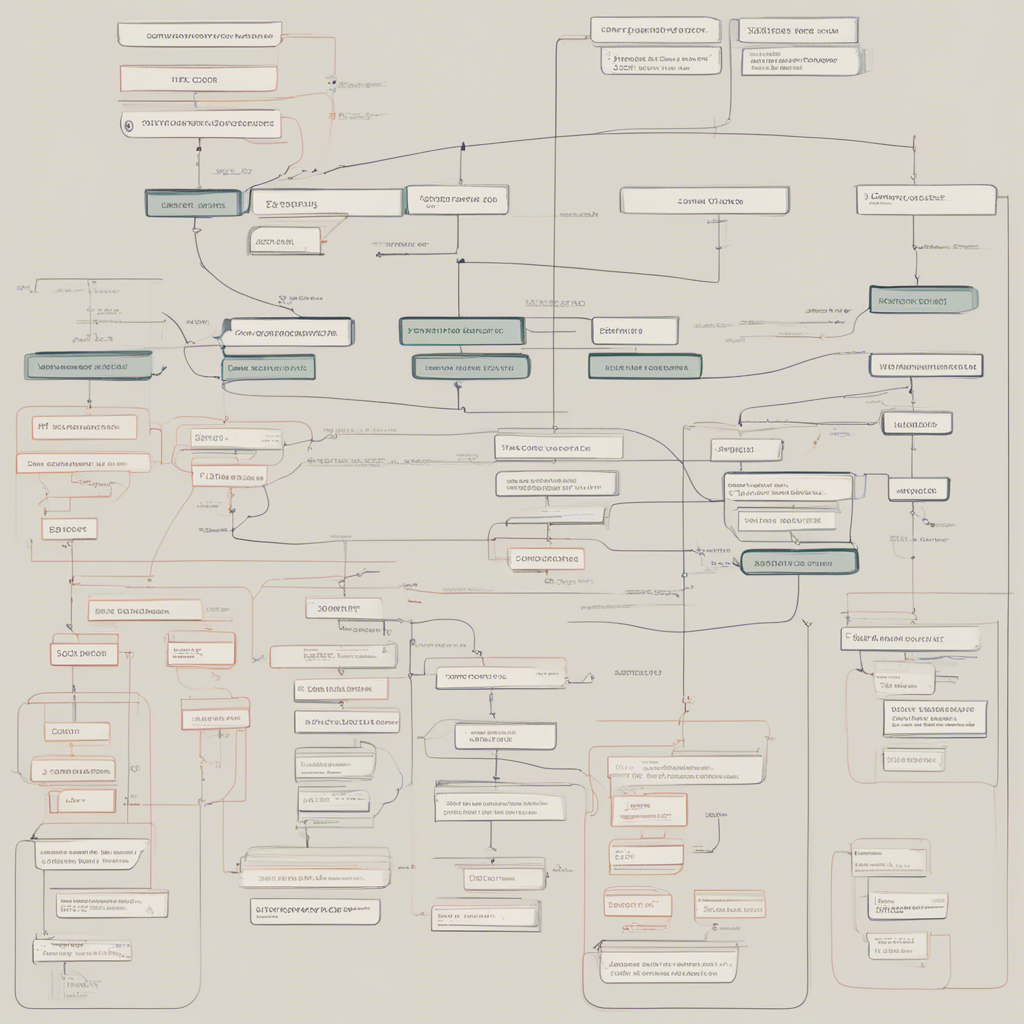
The Essentials of Cybersecurity for Individuals
In an increasingly digital world, protecting our online presence and personal information has become crucial. With cyber threats constantly evolving and growing in sophistication, it is essential for individuals to understand the basics of cybersecurity. In this comprehensive guide, we will explore the essentials of cybersecurity and provide practical tips to protect yourself online.
Understanding Cybersecurity
Cybersecurity refers to the practice of protecting computers, servers, mobile devices, networks, and data from unauthorized access, attacks, or damage. It encompasses various strategies, technologies, and best practices aimed at preventing cybercriminals from gaining access to sensitive information and causing harm.
Common Cybersecurity Threats
To fully grasp the importance of cybersecurity, let’s explore some of the common threats individuals face in the digital realm:
-
Malware: Malicious software, such as viruses, worms, ransomware, and spyware, is designed to infiltrate computers and networks to gather sensitive information or disrupt operations.
-
Phishing: Phishing attacks involve fraudulent emails, messages, or websites that mimic reputable entities, aiming to trick individuals into revealing personal information, such as login credentials or credit card details.
-
Social Engineering: Social engineering techniques involve manipulating individuals through deceptive tactics to gain unauthorized access to their devices or personal information.
-
Identity Theft: Cybercriminals steal personal information, such as social security numbers or bank account details, to commit fraud or access financial resources.
-
Weak or Reused Passwords: Using weak passwords or reusing them across multiple accounts poses a significant vulnerability, as cybercriminals can easily guess or obtain passwords through data breaches.
-
Unsecured Wi-Fi Networks: Connecting to unsecured public Wi-Fi networks enables cybercriminals to intercept and access your data traffic, leading to potential privacy breaches.
Now that we’re familiar with some common threats, let’s dive into the essentials of cybersecurity for individuals and explore practical ways to safeguard our digital lives.
1. Strong Passwords
Creating strong and unique passwords is one of the fundamental measures to protect your accounts. Follow these guidelines to create robust passwords:
- Use a combination of uppercase and lowercase letters, numbers, and symbols.
- Avoid using predictable information such as your name, birthdate, or common phrases.
- Ensure the password is at least 12 characters long.
- Use a password manager to securely store and generate complex passwords for each account.
2. Two-Factor Authentication (2FA)
Implementing two-factor authentication adds an extra layer of security to your accounts. This method requires you to provide two forms of identification to access your account, typically a password and a verification code sent to your mobile device.
Enable 2FA wherever possible, especially for critical accounts such as email, social media, and financial platforms. It significantly reduces the risk of unauthorized access, even if your password is compromised.
3. Keep Software Updated
Regularly updating your software, including operating systems, web browsers, and applications, is crucial for maintaining a secure digital environment. Software updates often include important security patches that address known vulnerabilities.
Set your devices and applications to automatically update whenever possible. This ensures you receive the latest security enhancements without relying on manual updates.
4. Be Cautious of Phishing Attempts
Phishing remains a prevalent method for cybercriminals to trick individuals into disclosing sensitive information. To protect yourself:
- Be skeptical of unsolicited emails or messages asking for personal information.
- Verify the legitimacy of a website before entering any sensitive data by checking the URL, encryption indicators (the lock symbol), and ensuring the web address starts with “https.”
- Double-check the email sender’s address for any inconsistencies or misspellings.
5. Secure Your Wi-Fi Network
Securing your home Wi-Fi network prevents unauthorized users from accessing your internet connection and potentially intercepting sensitive information. Follow these steps to enhance your Wi-Fi security:
- Change the default network name (SSID) and password.
- Enable strong encryption, preferably WPA2 or WPA3.
- Disable remote management to prevent external access to your router’s settings.
6. Regularly Backup Your Data
Backing up your data is essential to mitigate the impact of data loss due to cyberattacks or hardware failures. Consider implementing the following backup practices:
- Use an external hard drive, cloud storage, or both to store backups.
- Automated backup solutions can simplify the process and ensure regular backups occur.
- Verify the integrity and accessibility of your backups periodically.
7. Educate Yourself on Online Risks
Continuously educating yourself about online risks and best practices is crucial for staying ahead in the cybersecurity landscape. Stay informed by following reputable cybersecurity blogs, news outlets, and organizations. Some reliable sources include:
- The National Cyber Security Alliance (NCSA)
- The United States Computer Emergency Readiness Team (US-CERT)
- The Electronic Frontier Foundation (EFF)
- The Cybersecurity and Infrastructure Security Agency (CISA)
- The World Economic Forum (WEF)
Conclusion
As we rely more on digital platforms and technologies, protecting ourselves in the digital sphere becomes increasingly important. By following the essentials of cybersecurity outlined in this comprehensive guide, you can significantly reduce the risk of falling victim to cyber threats. Stay vigilant, keep yourself informed, and implement strong security measures to safeguard your digital life.
Remember, cybersecurity is a continuous practice. Stay updated on the latest threats and security measures to adapt and protect yourself effectively.
Disclaimer: The information provided in this blog post is for educational purposes only and should not be considered as professional advice. Always consult with a cybersecurity expert or reputable sources for personalized guidance on your specific cybersecurity needs.






